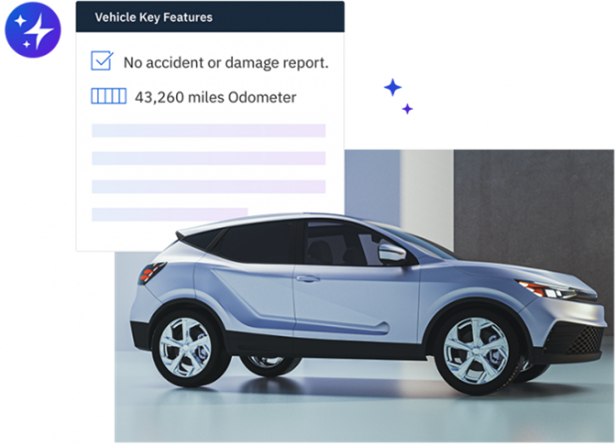2 Appraisal Factors You Need to Consider

Article Highlights:
- 2 main factors to consider when determining appraisal value.
- "You need to determine if you will keep it for retail or wholesale it."
According to NADA*, 66% of the used vehicle department’s inventory comes from trade-ins on new and used vehicle sales. It’s extremely important to properly appraise these vehicles.
If you aren’t careful, you could face tremendous profit loss either up front by purchasing a lemon someone didn’t appraise properly, or later, when it’s been on your lot too long and you have to sell it at auction.
There are two main factors you need to consider when determining the appraisal value to keep you from making these mistakes.
1) Retail vs. Wholesale
Before you put an appraisal value on a trade, you need to determine if you will keep it for retail or wholesale it. This is an important first step because the vehicle’s value, and your investment, will be different depending on the decision.
Retail vehicles compare book price to market price and usually have a higher value. Wholesale vehicles compare book price to auction sales, like NAAA, and usually have a lower value than retail.
This decision should be fairly easy, if you’ve determined what inventory you need, as discussed in my article last month.
If the appraised vehicle is on your buy list, keep it for retail. If the vehicle is on your sell list, take it to auction!
Another option to consider, if you’re part of a dealer group, is to check the buy list for one of the other stores in your group. This will save you auction costs and help your sister store with acquiring their desired inventory.
If you have a solution like Used Vehicle Management with Enterprise, recommendations for all dealerships in your group are shown during the appraisal process – helping you make smarter vehicle decisions.
2) Reconditioning Costs
When you’re inspecting the vehicle, go beyond a quick once over of the interior and exterior. Evaluate the overall condition, including appearance, mechanical, and accident history.
This shouldn’t be done by some Joe Schmo either. You need an appraiser who understands reconditioning and can tell just by the vibrations or motor noise what’s going on under the hood.
Another great tool for determining reconditioning costs is the vehicle history report. These provide valuable information regarding service history, accident history, ownership records, and other important information.
Leverage these from sources like AutoCheck® Plus to get the full picture of the vehicle you’re appraising.
Conclusion
Once you’ve done each of these steps, it’s time to determine the correct appraisal value. You can do this manually by flipping through valuation guide books or electronically with software that connects you to the most widely used valuation guide books available within seconds.
Properly appraising a trade-in is the most important key to success for any pre-owned operation. Follow these best practices and you’ll be on your way to a fully maximized used vehicle department.
Next month, we’ll look at the third and final area of focus when it comes to maximizing your profits: dealing with aged inventory.
*NADA Data, 2014
Related Articles:

The Future of Variable Ops with Experts at NADA 2025
Explore how AI is transforming variable operations in automotive retailing with insights from NADA 2025. Learn about efficiency, profitability, and fraud prevention from industry leaders.

Decision made regarding the Vehicle Shopping Rule – now what?
Check out five key takeaways from the Vehicle Shopping Rule to keep your dealership safe from FTC enforcement actions.

3 Ways AI Can Elevate Your Dealership’s Online Inventory
On average, Americans are exposed to between 4,000 and 10,000 advertisements every day. From commercials on TV to billboards on your way to work, all…

The Pizza Playbook – What Ordering Pizza Teaches Us About F&I
For as long as I can remember, my family had “pizza night” every week. Without fail, every Friday evening we’d all gather around the computer…















